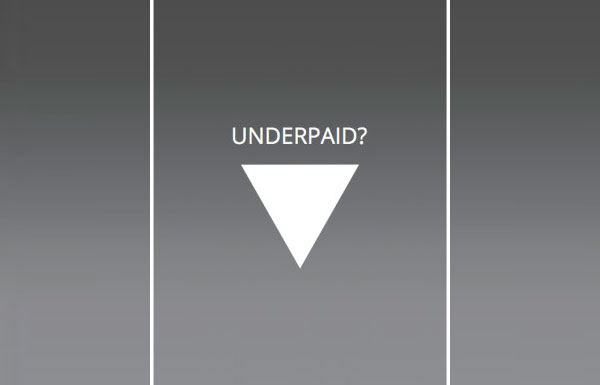Step By Step Guide To Determine Underpayments

Increasingly medical practices are getting concerned about their reimbursement models. New reforms including the plans offered under health insurance exchanges are expected to provide reimbursement rates close to what state Medicaid programs pay. In a space where reimbursements drop every year, it’s becoming extremely difficult to run a sustainable healthcare organization. Facing such pressure many small to medium medical practices and ambulatory surgery centers are considering getting acquired or merging with bigger organizations. But this may not be a viable option for all the centers and hence it becomes extremely important track reimbursements and ensure nothing is left uncollected.
One aspect to look at is, whether you are getting reimbursed at the optimum allowable rates by your insurance carriers. Underpayments can often go unnoticed and cause lasting effects to your bottom line. It’s fairly straightforward process and spending time tracking your payments will be worthwhile down the line.
Follow this step by step guide and get started with determining those under payed claims.
Determine the top procedures and consultation codes- Ask your biller to provide you the top fifteen most performed procedures and consult codes.
Confirm the agreed upon rates- It’s not possible to determine underpayments until you know how much you are supposed to get paid. Verify your contracts or ask the insurances you are participating with, to provide the fees schedule for fifteen most performed procedures. Fee schedules for Medicare and Medicaid are publicly available here. Commercials may take time to respond but with regular follow ups, will eventually process your request.
Cross check the reimbursement rates– With the fee schedules provided by carriers, cross check each claim against the reimbursements stated in the fee schedule.
Flag discrepancies– Build a process to identify underpaid claims regularly. Create automated scripts or partner with companies to review each check, electronic payment and remittance advices on everyday basis. Flag the discrepancies and have your accounts receivables team work on such claims the same day.
Appeal on those claims– For historic claims, send appeals to carries with a copy of the fees schedule. In cases where carriers adamant on not reimbursing correctly , speak to the medical director on the carrier side and aggressively pursue correct reimbursements.
Check for opportunities of negotiation– While revisiting your contracts, check when was the last time you negotiated on reimbursement rates. Most commercials allow for contract negotiations every three years.
While practices do and should spend the major portion of their time providing quality care to patients it’s equally important to keep a tab on internal processes. If reimbursements fall then sustaining the business will become difficult.